Home > Climate News >

Kilby Farm protected by a conservation easement proactively addresses climate change
As a conservation organization, Cecil Land Trust takes the threats, challenges, and opportunities presented by climate change seriously. Educating the community about climate change means a better response more quickly for our community.
The Kilby Farm methane digester converts greenhouse gas methane, produced from cow waste and organic products, to green energy to run the farm…
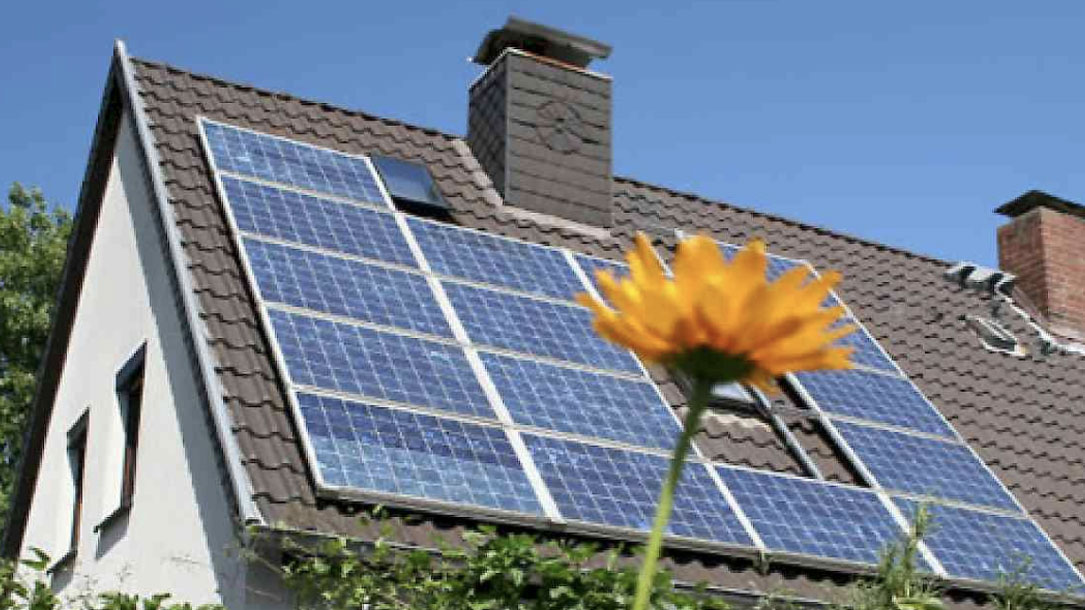
Moving forward, going solar
If this is the year you finally want to go solar, give Mendocino Solar Service a call. Not only will they be happy to answer all of your questions and set up a free on site consultation, but if you mention the Mendocino Land Trust, Mendocino Solar will make a $500 donation to MLT upon the completed installation of your 3 kW or larger solar photovoltaic system! What could be better?…

Climate change and care
Rising sea-level? Weird weather patterns of droughts and flooding? Violent storms? Is it true that large portions of the Antarctic ice shelves are collapsing into the ocean? Are glaciers really melting at an unprecedented rate? Even if true, there’s little we can do about such global phenomena, right?
These changes, associated with the heating of the earth’s atmosphere through the burning of fossil fuels, are really happening. Climate change is real. And the Mendocino Land Trust takes exception to the idea that little can be done in the face of climate change…

Forests are important in the fight against the climate crisisForests are important in the fight against the climate crisis
“Congress should pass a suite of policies that enhance the carbon storage and biodiversity of our forests.
Audubon’s own science shows that climate change is the greatest threat to North American birds, with two-thirds of species vulnerable to extinction if carbon emissions continue at their current pace. Birds that rely on boreal and western forests are at especially high risk. However, if we keep warming below 1.5 degrees C—which would require reaching net-zero greenhouse gas emissions by 2050—we can improve the outcomes for 76 percent of those imperiled birds. While reaching this target will require decarbonization across our electric, transportation, and industrial sectors, we can also implement policies that help our working lands be part of the climate solution…”
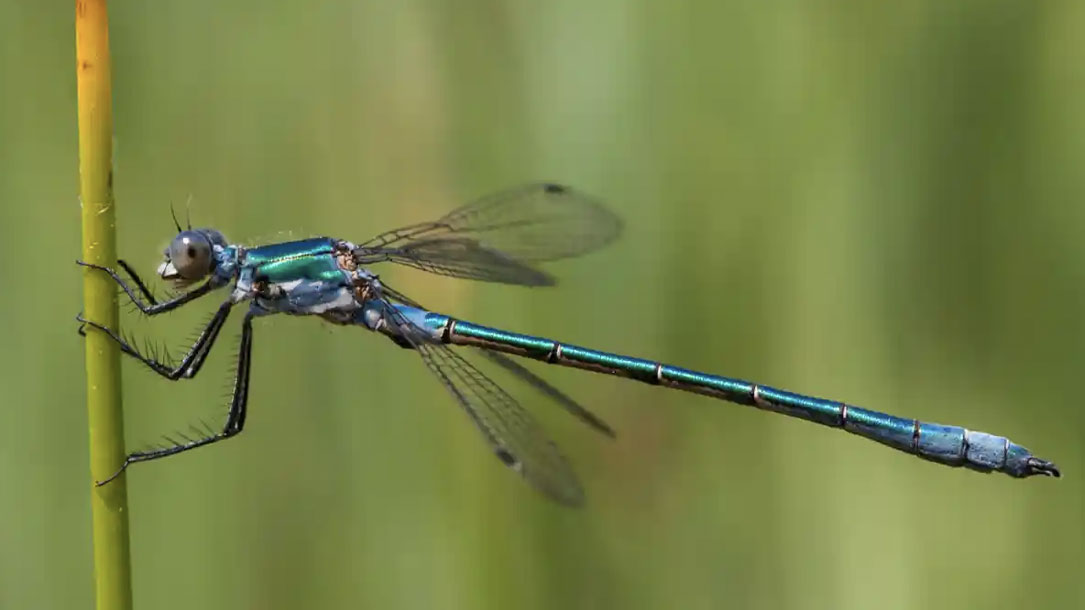
Insect populations suffering death by 1,000 cuts, say scientists
Insect populations are suffering “death by a thousand cuts”, with many falling at “frightening” rates that are “tearing apart the tapestry of life”, according to scientists behind a new volume of studies.
The insects face multiple, overlapping threats including the destruction of wild habitats for farming, urbanisation, pesticides and light pollution. Population collapses have been recorded in places where human activities dominate, such as in Germany, but there is little data from outside Europe and North America and in particular from wild, tropical regions where most insects live.
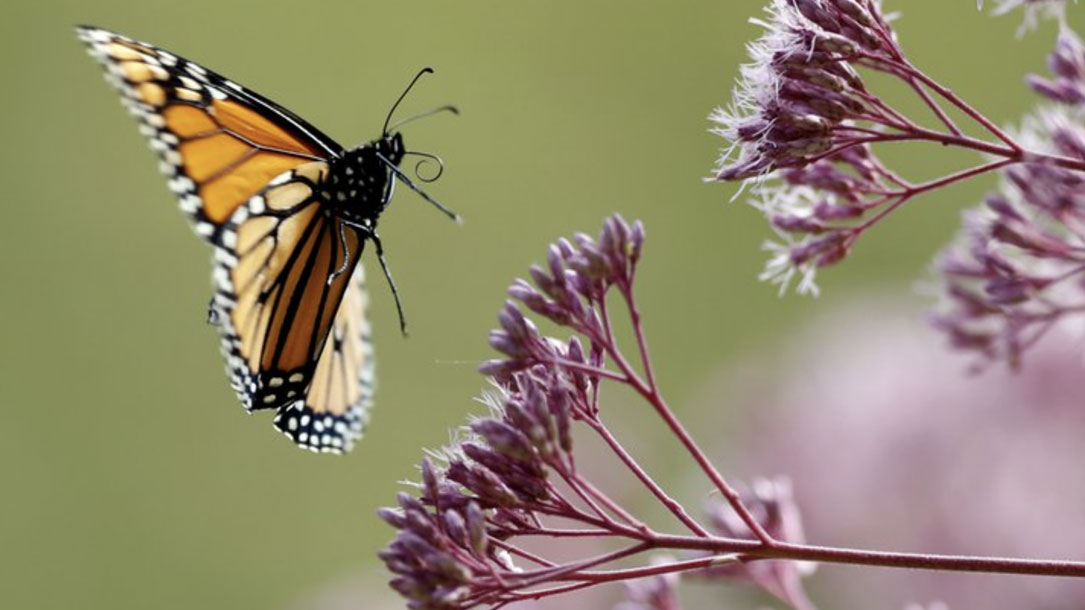
Scientists decry death by 1,000 cuts for world’s insects
The world’s vital insect kingdom is undergoing “death by a thousand cuts,” the world’s top bug experts said.
Climate change, insecticides, herbicides, light pollution, invasive species and changes in agriculture and land use are causing Earth to lose probably 1% to 2% of its insects each year, said University of Connecticut entomologist David Wagner, lead author in the special package of 12 studies in Monday’s Proceedings of the National Academies of Sciences written by 56 scientists from around the globe.

‘One of most disturbing articles I have ever read’ scientist says of study detailing climate-driven ‘bugpocalypse’
When a scientist who studies the essential role insects play in the health of the ecosystem calls a new study on the dramatic decline of bug populations around the world “one of the most disturbing articles” he’s ever read, it’s time for the world to pay attention.
The article in question is a report published Monday in the Proceedings of the National Academy of Sciences (PNAS) showing that in addition to annihilating hundreds of mammal species, the human-caused climate crisis has also sparked a global “bugpocalypse” that will only continue to accelerate in the absence of systemic action to curb planetary warming.

Scientists sound alarm about insect apocalypse
A collection of new scientific papers authored by 56 experts from around the world reiterates rising concerns about bug declines and urges people and governments to take urgent action to address a biodiversity crisis dubbed the “insect apocalypse.”
Emphasizing the consequences of such declines, University of Connecticut entomologist David Wagner, the package’s lead author, told the Associated Press that insects “are absolutely the fabric by which Mother Nature and the tree of life are built.”
According to Wagner, many insect populations are dropping about 1-2% per year. As he put it to The Guardian: “You’re losing 10-20% of your animals over a single decade and that is just absolutely frightening. You’re tearing apart the tapestry of life”…
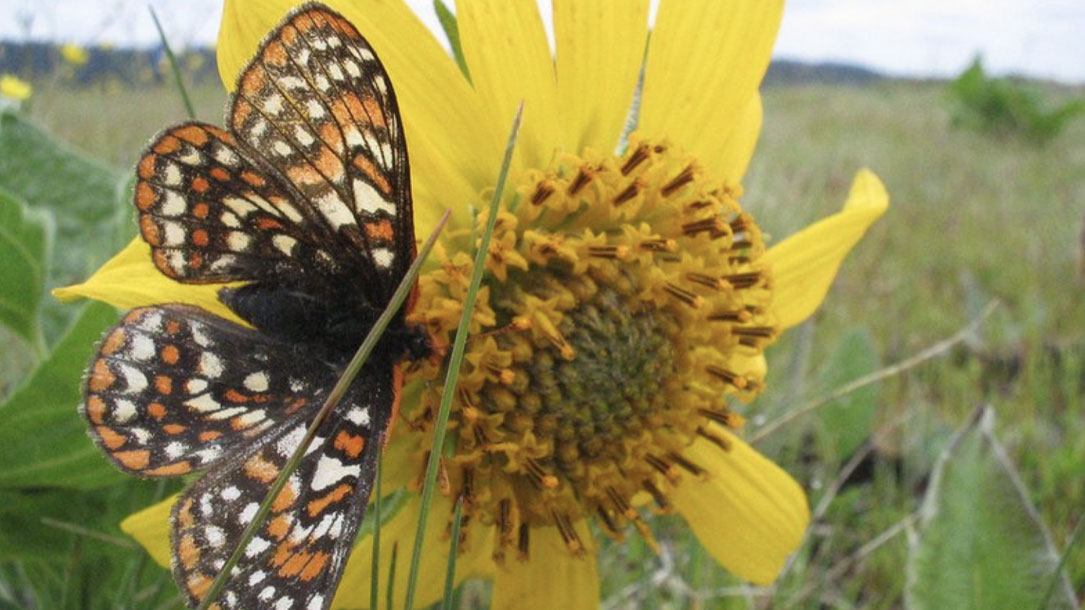
Climate change contributing to widespread butterfly decline across western United States
A study published today in Science found that climate change is contributing to widespread butterfly decline across the western United States. Using three different long-term datasets from the western U.S., the authors found downward trends in a majority of butterflies, including historically common species like the west coast lady.
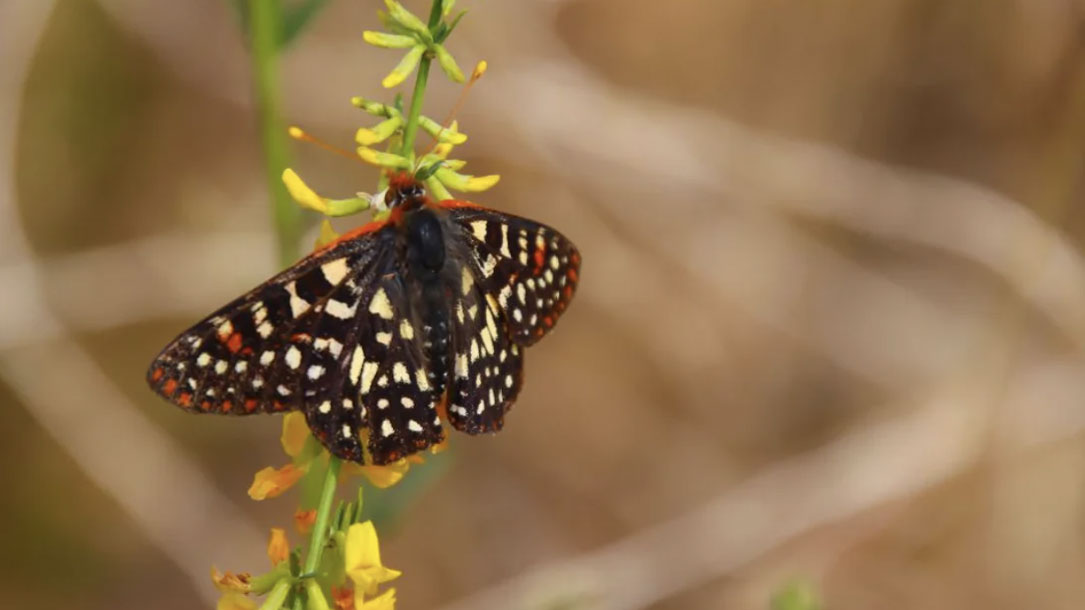
Western butterflies disappearing due to warmer fall seasons
Butterflies across the U.S. West are disappearing, and now researchers say the climate crisis is largely to blame.
A new study published in Science looked at three different data sets that cover the last 40 years of butterfly populations across more than 70 locations in the Western U.S…”That so many of our butterflies are declining is very alarming,” Dr. Tara Cornelisse, an entomologist and senior scientist at the Center for Biological Diversity (CBD), said in response to the findings. “These declines are a wake-up call that we need to dramatically reduce greenhouse gases to save these beautiful and beloved butterflies, as well as our very way of life…












